12 Musicians Who Made Comebacks Nobody Saw Coming
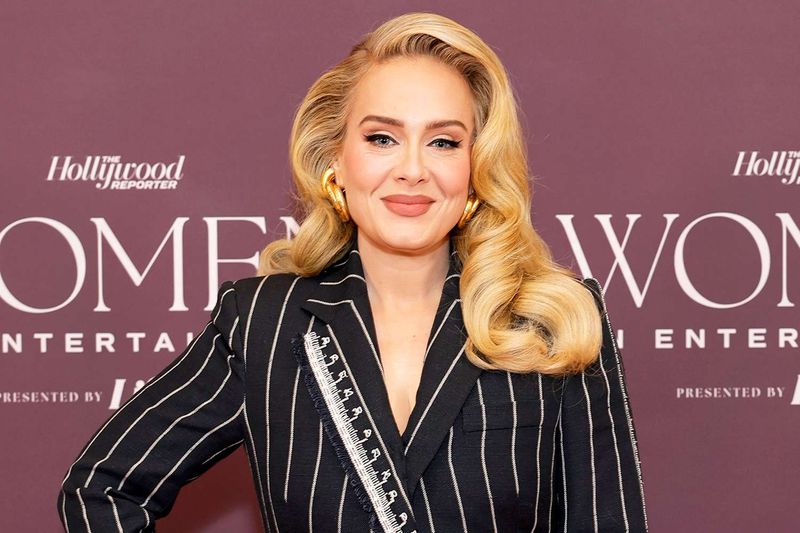
Music careers can be rollercoasters of fame, disappearance, and sometimes – amazing returns. Some artists vanish from the spotlight due to health issues, while others step away voluntarily to recharge. When these musicians return after years of silence, fans are often shocked and delighted. These twelve artists defied expectations by staging comebacks that nobody predicted, proving that in music, second acts can be even more spectacular than debuts.
1. ABBA
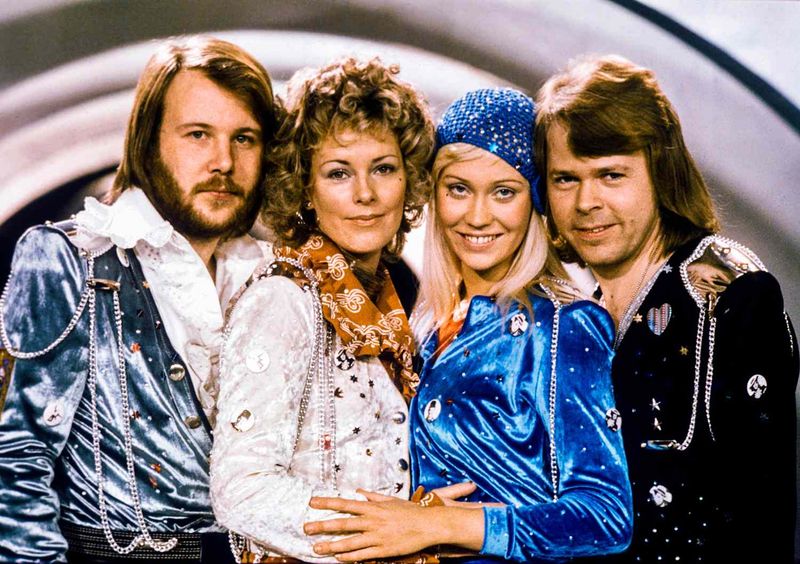
The Swedish supergroup disappeared from music after their 1982 split, becoming almost mythical figures in pop history. For nearly four decades, fans begged for a reunion that seemed impossible.
Then in 2021, the impossible happened. ABBA dropped “Voyage,” their first album of new material in 40 years, stunning the music world. The quartet had secretly recorded ten new songs while creating a revolutionary concert experience featuring digital “ABBA-tars.”
What made this comeback extraordinary wasn’t just the timing – it was the quality. Rather than phoning in nostalgic retreads, Benny, Björn, Agnetha and Anni-Frid delivered songs that honored their legacy while sounding remarkably fresh for a group in their 70s.
2. Mariah Carey
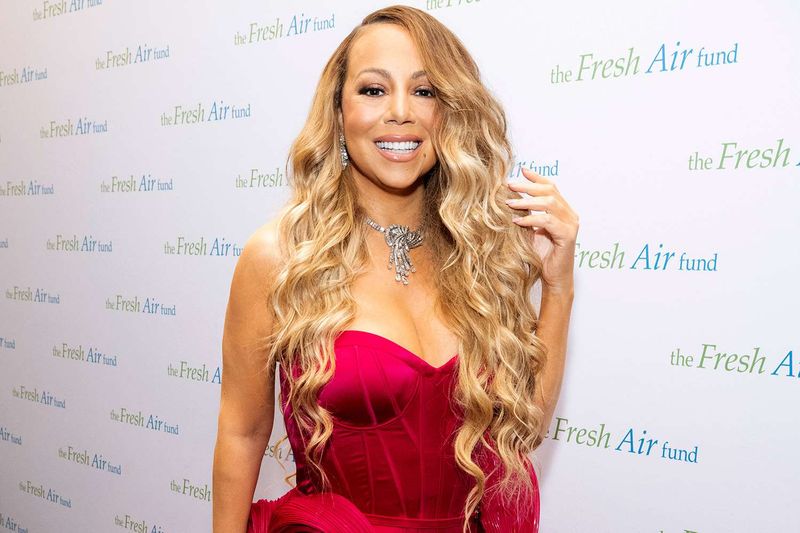
The early 2000s weren’t kind to the once-untouchable diva. After her semi-autobiographical film “Glitter” bombed spectacularly in 2001 (with the unfortunate timing of releasing on September 11th), Carey’s career spiraled downward amid public struggles and underperforming albums.
Music executives wrote her off. Radio stations abandoned her. Virgin Records even paid $28 million just to end her contract early.
Then came 2005’s “The Emancipation of Mimi” – a phoenix-like resurrection that shocked the industry. The album’s lead single “We Belong Together” spent an astounding 14 weeks at #1, becoming one of her signature songs. The comeback wasn’t just commercial but artistic, with critics praising her return to R&B roots while incorporating modern sounds.
3. David Bowie
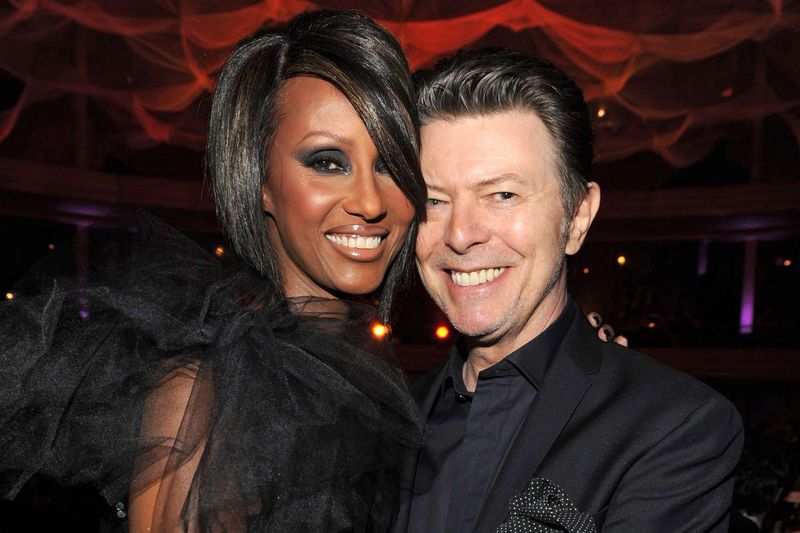
Following a heart attack onstage, Bowie retreated into such complete privacy that fans feared they’d never hear from him again. For a decade, the innovative chameleon who had reinvented himself countless times seemed to have retired without farewell.
January 8, 2013 – Bowie’s 66th birthday – changed everything. Without warning or promotion, he released “Where Are We Now?” and announced “The Next Day,” his first album in ten years.
The secrecy was remarkable. Even musicians who played on the album signed non-disclosure agreements. Bowie had spent two years recording while hiding in plain sight on New York streets, with nobody suspecting the comeback that would precede his final masterpiece, “Blackstar.”
4. Tina Turner
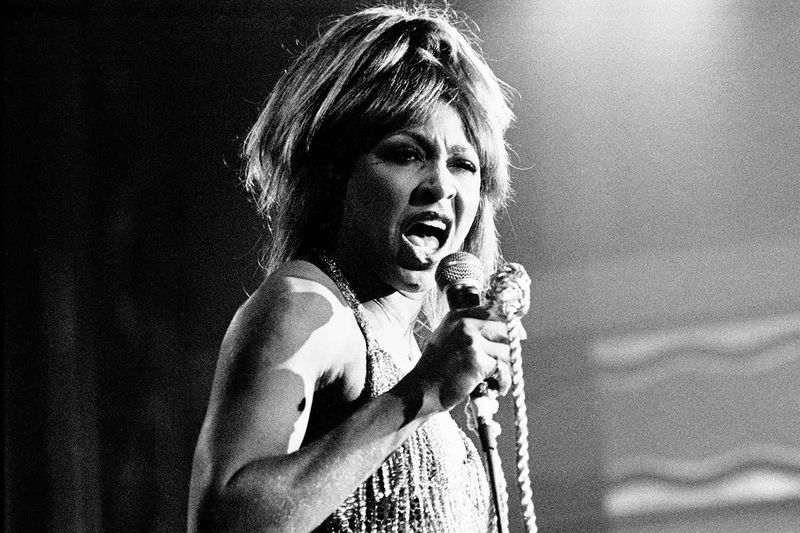
Rock’s most resilient survivor escaped her abusive marriage to Ike Turner in 1976 with nothing but her name and talent. The music industry largely dismissed her as half of a finished act – a 40-something has-been reduced to cabaret shows and Vegas performances to pay bills.
Capitol Records initially rejected her. Radio programmers questioned her commercial viability. Even Turner doubted herself after years of being told she was worthless.
Then came 1984’s “Private Dancer” – a comeback so massive it redefined what musical resurrections could be. At 44, when most female artists faced career twilight, Turner became a global superstar with “What’s Love Got to Do With It” topping charts worldwide. Her reinvention from 60s R&B singer to 80s rock goddess remains the gold standard for career revivals.
5. Rick Astley
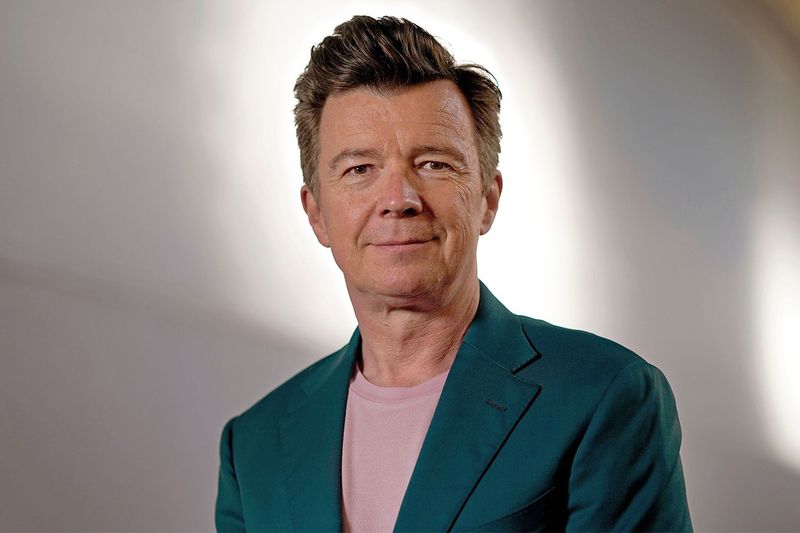
Fame’s pressures drove this deep-voiced crooner away from music at just 27. After scoring massive hits like “Never Gonna Give You Up,” Astley walked away from stardom in 1993, seemingly destined for 80s-only nostalgia playlists.
Then something bizarre happened: internet culture accidentally revived his career. The “Rickrolling” phenomenon – where millions were tricked into clicking links leading to his music video – turned Astley from forgotten pop star into beloved meme.
Rather than resenting this strange second fame, Astley embraced it with good humor. His 2016 album “50” shocked everyone by hitting #1 in the UK, proving his comeback wasn’t just digital pranking. The once-reluctant star found himself performing at festivals where audiences genuinely appreciated his soulful voice rather than simply recognizing an internet joke.
6. Susan Boyle
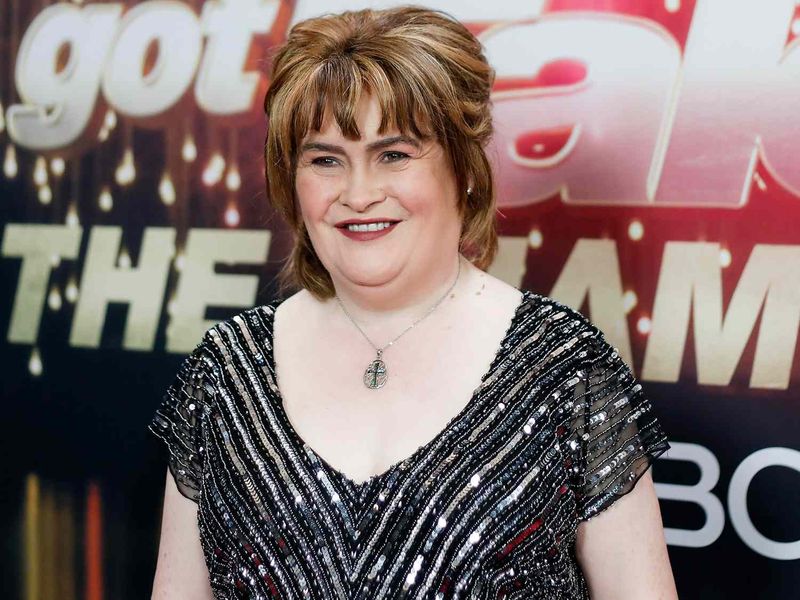
The Scottish singer’s 2009 Britain’s Got Talent audition became a global phenomenon. Her rendition of “I Dreamed a Dream” stunned cynical judges and amassed over 100 million YouTube views when viral videos were still relatively new.
After initial success, Boyle gradually faded from headlines. Health struggles, including an Asperger’s diagnosis and several personal challenges, led to a quieter period where many assumed her brief moment had passed.
The announcement of her return to recording studios in 2025 caught the music world by surprise. Having sold over 25 million records despite her reduced visibility, Boyle demonstrated remarkable resilience. Her comeback represents something rare in the entertainment industry – an artist who found fame later in life (at 47) making a second return when many thought her story had concluded.
7. Jay-Z
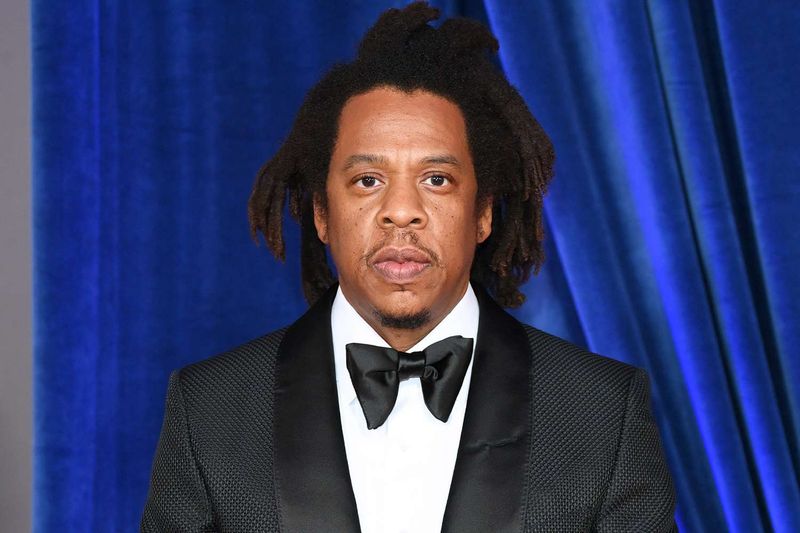
Hip-hop’s most business-minded artist orchestrated perhaps the shortest retirement in music history. In 2003, Shawn Carter announced “The Black Album” would be his final work, even staging an elaborate “Fade to Black” farewell concert at Madison Square Garden.
The retirement lasted approximately three years. Jay-Z returned with 2006’s “Kingdom Come,” shocking fans who had taken his farewell at face value.
What made this comeback notable wasn’t just its brevity but its strategy. Jay-Z used his “retirement” to elevate his mythology while expanding his business empire. The comeback album’s lyrics directly addressed the quick return with characteristic swagger: “I used to think rapping at 38 was ill/But last year alone I grossed 38 mill.” The temporary exit ultimately strengthened his position as hip-hop’s elder statesman.
8. Ozzy Osbourne
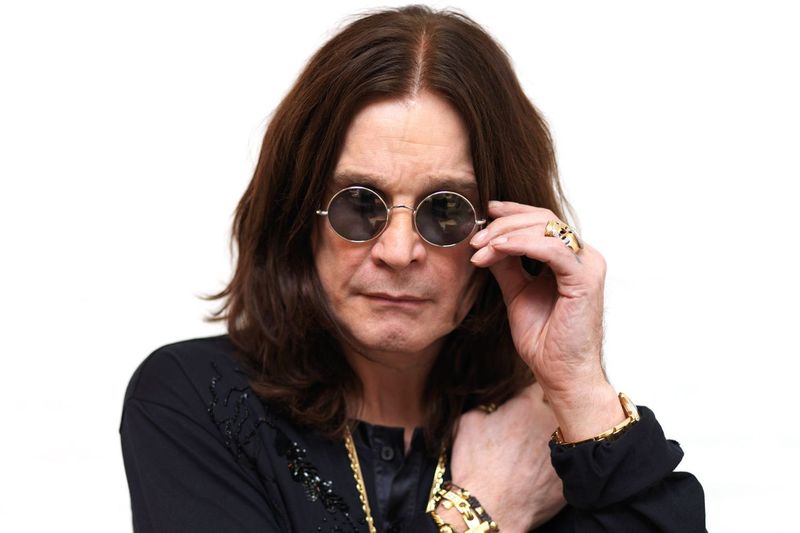
After being fired from Black Sabbath in 1979 due to substance abuse issues, many expected Osbourne’s career to fade into rock footnotes.
Instead, he launched a wildly successful solo career. Multiple health scares, including a 2003 ATV accident that nearly killed him, led to periods of absence from music.
The 2025 “Back to the Beginning” benefit concert represented his most unlikely return yet. Despite battling Parkinson’s disease and undergoing multiple surgeries, Osbourne reunited with the original Black Sabbath lineup for the first time in nearly two decades. The performance demonstrated his supernatural resilience, as the man who once bit the head off a bat proved impossible to keep off stage despite medical professionals repeatedly suggesting retirement.
9. Belinda Carlisle
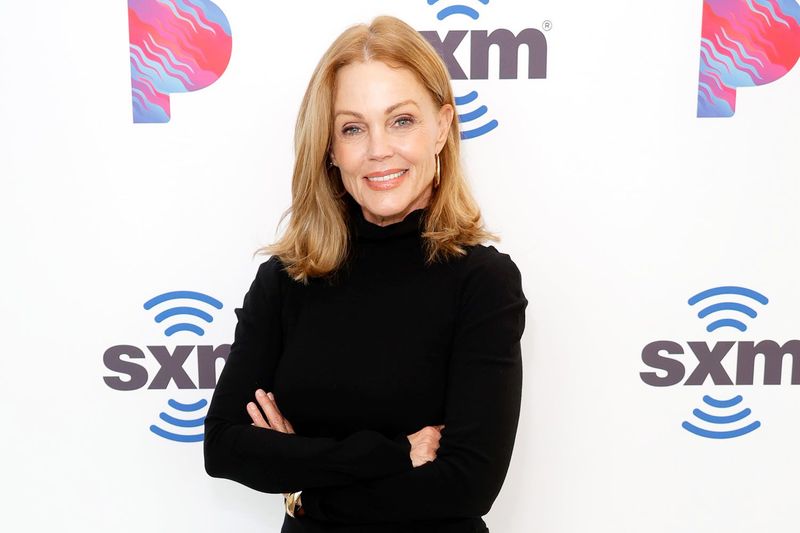
The Go-Go’s frontwoman turned solo pop star seemed to have gracefully exited mainstream music after her 90s hits. While occasionally touring with her former band, Carlisle’s solo career appeared complete as she explored other creative avenues.
Her 2023 single “Big Big Love” arrived like a bolt from the blue – her first English-language pop release in 27 years. The disco-influenced track reminded listeners of the voice behind classics like “Heaven Is a Place on Earth.”
What made Carlisle’s comeback particularly refreshing was its casual confidence. Rather than attempting to chase current trends or apologize for her absence, she simply delivered a song that could have been a hit in any decade. At 65, she demonstrated that female pop artists can return on their own terms, defying industry assumptions about age and relevance.
10. Lewis Capaldi
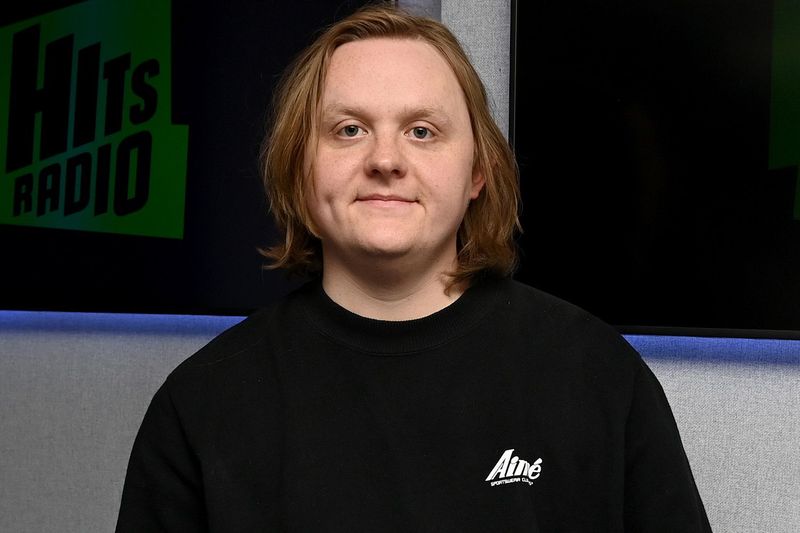
The singer-songwriter’s meteoric rise featured chart-topping ballads and self-deprecating humor that made him a refreshing presence in pop music. Behind the jokes, however, Capaldi battled severe anxiety and Tourette’s syndrome that worsened with fame.
A heartbreaking Glastonbury performance in 2023 showed the toll these conditions had taken. Unable to finish his set as his tics intensified, Capaldi was rescued by a compassionate crowd singing his lyrics back to him.
Following this emotional moment, he announced an indefinite hiatus to focus on his health. Many feared his promising career had ended almost before it began. His eventual return to performing demonstrated remarkable courage – a young artist choosing to face his demons publicly rather than disappearing permanently. The comeback resonated because it wasn’t just musical but deeply personal.
11. Shania Twain
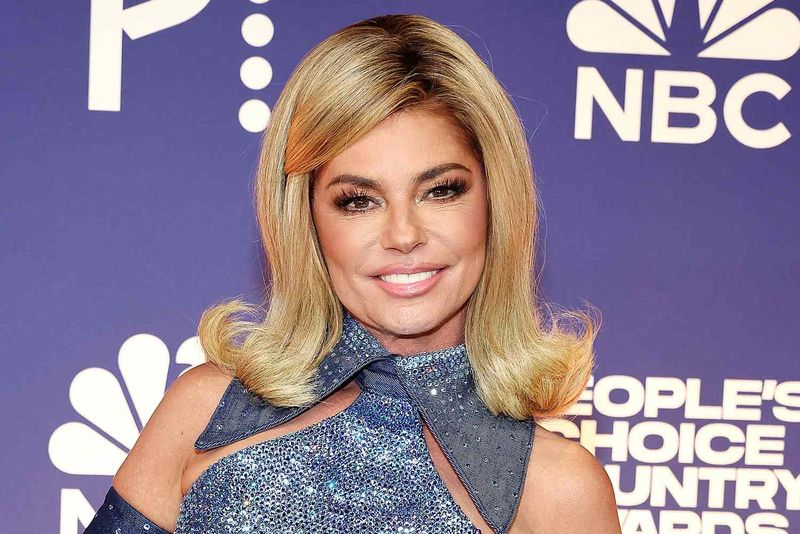
After ruling the charts with diamond-certified albums, Twain developed dysphonia – a vocal cord disorder that prevented her from singing properly. The condition stemmed from Lyme disease, creating a double health crisis.
For years, doctors told her she might never perform again. Adding personal heartbreak, her husband left her for her best friend during this vulnerable period.
Twain underwent multiple surgeries and intensive vocal therapy. Her voice changed permanently – deeper and raspier than her earlier sound. Rather than hiding this transformation, she embraced it on 2017’s comeback album “Now,” her first in 15 years. The title itself declared her focus on moving forward rather than recapturing past glories. Her return demonstrated extraordinary resilience against medical, personal, and industry obstacles.
12. Adele
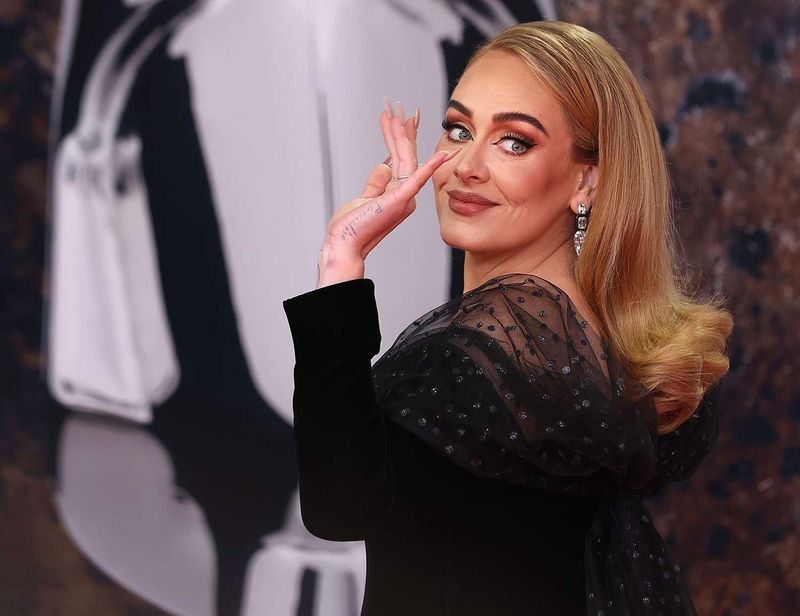
The soulful vocalist seemed unstoppable until vocal cord hemorrhages threatened everything. After throat surgery in 2011, questions lingered about whether her powerful voice would fully recover.
More challenges followed. Cancelled tour dates disappointed fans. A prolonged absence from recording created industry whispers about her career trajectory.
When she finally returned with “30” in 2021, the album wasn’t just a commercial triumph but an artistic statement about resilience. The six-year gap between releases built anticipation while allowing her to craft deeply personal songs about divorce and motherhood. Her comeback succeeded because she prioritized artistic integrity over commercial pressure. Rather than rushing back prematurely, Adele returned when she had something meaningful to say, proving that patience often yields the most powerful musical statements.

Comments
Loading…